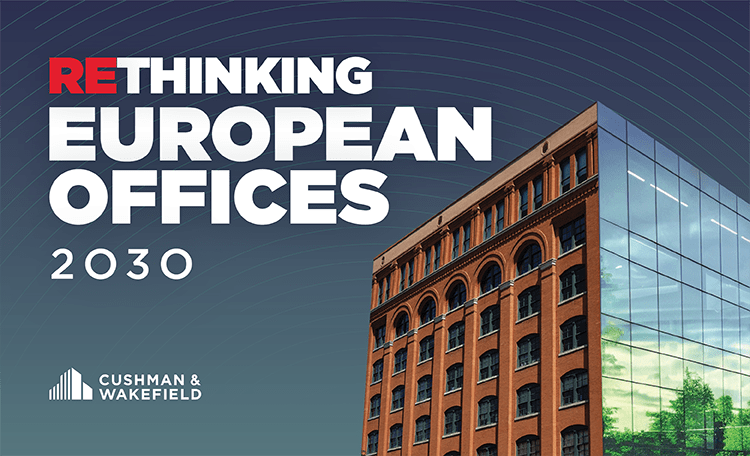The office real estate stock in Germany's top-5 locations is getting older:
By 2030, more than 60 percent will have be over 30 years old. The risk that they will become unlettable – obsolete – is growing. At the same time, user needs are changing in the age of remote working and desk sharing. Our new study provides figures and examples from its own consultancy practice.
A major obsolescence risk for older office stock comes from increasing sustainability requirements and ESG criteria. Currently, only 13 percent of the office stock has a sustainability certificate. But the trend is clear to see: Of the new buildings constructed between 2018 and 2022 in the top-5 cities, around 45 percent have certification. For projects to be completed between 2023 and 2027, this figure is already 70 percent. If tenants pursue ESG criteria, it will become tight for lower-quality segments of the office stock.
Changing office demand since the Covid pandemic
Changes on the demand side are also having an impact. In new deals brokered by C&W over the past 1.5 years, office occupiers have leased an average of 22 percent less space in their new location. The reduction in space per employee is on average around 30 percent. This development results from the increase in hybrid workplace models - accelerated by the Covid pandemic. The working from home rate in Germany has skyrocketed from 10 percent in 2019 (pre-pandemic) to 40 percent (2022). This figure is likely to level off at 25 percent in the future.
Heiko Himme, Head of Berlin & Rethinking Representative Germany, Cushman & Wakefield, explains: "Employers need to consider how the office can surpass the home office in terms of attractiveness. The office is still highly relevant for companies. However, its purpose is changing. While concentrated work increasingly takes place in the home office, the office now increasingly serves communication, creative interaction and further education. Companies that want to implement this trend often require office properties with large building depths, which are often found in new buildings. Conventional office layouts have disadvantages here."
Repositioning or repurposing
Rethinking real estate leads to two options, each of which needs to be considered individually: Repositioning the property to improve sustainability, fit-out quality and services provided or, alternatively, repurposing all or some of the space for other uses, such as residential or another use. Repositioning often requires lower investment costs, whereas repurposing entails considerable intervention in the building substance.
Proportion of refurbishments increasing
Overall, the real estate sector is increasingly gearing itself towards working with existing properties. For example, completion volumes for new office space have been rising significantly since 2019. In 2023 as a whole, just under 2.0 million sq m of newly-built or refurbished office space is expected, whereby the proportion of refurbishments in completions has remained largely stable at around 25 per cent over the last few years. For the period 2023 to 2026, however, refurbishments will account for a larger proportion: In the top-5 markets, a good 1.8 million sq m of refurbished office space will come onto the market in this period accounting for 35 percent of the total.
For conversion and repositioning projects presented in the study, C&W provided service packages consisting of demand and data analyses, scenario development under ESG and economic criteria and the complete implementation.






